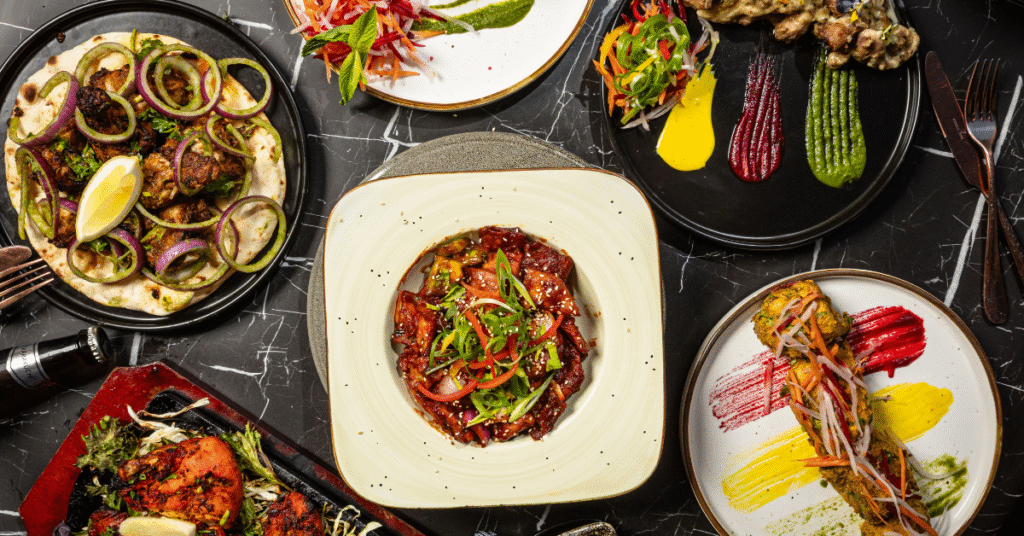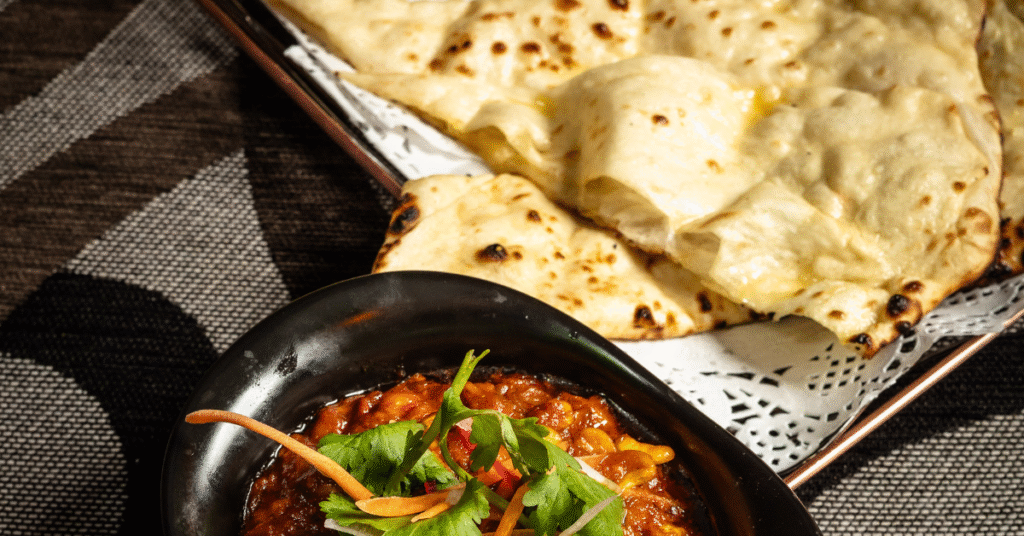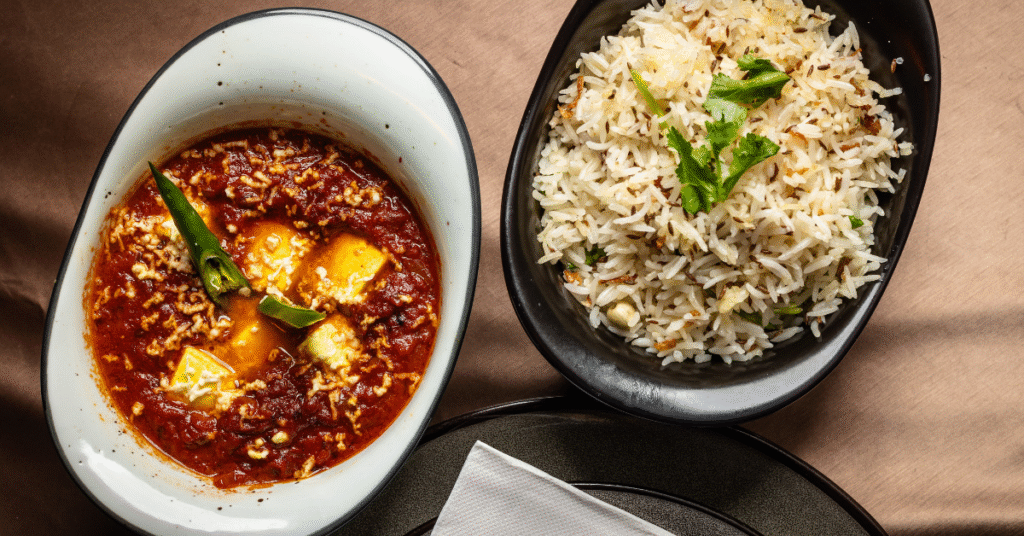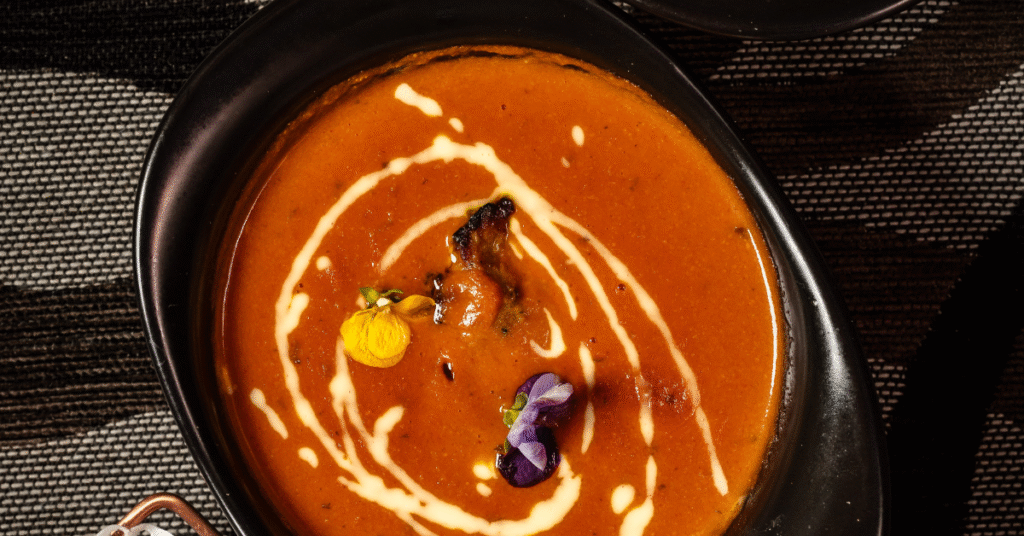Family dining is not just about eating together—it’s about creating memories, celebrating traditions, and strengthening bonds. Across cultures, food has always been at the heart of family life, and Indian cuisine stands out for its ability to bring people together.
With its diverse flavours, wholesome ingredients, and traditions rooted in togetherness, it’s no wonder that Indian food for family dining has become a global favourite. Let’s dive deeper into what makes Indian cuisine so special for families.
In India, meals are rarely eaten alone. Family members gather around the dining table or sit in a circle to share food from large platters. This cultural tradition explains why Indian food for family dining naturally encourages bonding—it is designed to be shared, not eaten in isolation.
Each Indian dish carries with it centuries of history and regional heritage. For families, this makes every dining experience educational as well as enjoyable. Parents often share stories about recipes, festivals, and traditions, making Indian food for family dining a way of passing culture to younger generations.

No two family members have the same taste preferences. One may enjoy spicy curries, another may prefer mild lentil soups, while kids may love naan and butter chicken. The endless variety ensures that Indian food for family dining offers something for everyone, making it one of the most inclusive cuisines in the world.

Another reason why Indian food for family dining is popular is its balance of taste and nutrition. Traditional Indian meals often combine proteins (lentils, beans, or meats), carbohydrates (rice, bread), and vegetables, along with spices known for their health benefits. Turmeric supports immunity, ginger aids digestion, and cumin boosts metabolism.
Families love that they can enjoy food that is both delicious and nourishing.

Food has the power to comfort, and Indian dishes are especially known for their heart-warming quality. A bowl of dal, freshly made rotis, or steaming biryani provides comfort across generations. For many, Indian food for family dining is synonymous with home, love, and care.

From casual weeknight dinners to festive gatherings, Indian food for family dining fits every occasion. Large portions, colourful spreads, and sweet endings make Indian meals just as suitable for everyday family bonding as they are for festivals like Diwali, Eid, or family birthdays.
Indian cuisine is versatile. Kids enjoy milder flavours such as paneer, samosas, or korma curries. Adults may prefer spiced biryanis or smoky tandoori items. Seniors often enjoy lighter, easy-to-digest meals like khichdi. This adaptability is why Indian food for family dining never fails to please every generation at the table.
Unlike individual plated meals, Indian dining often revolves around shared dishes—thalis, biryanis, or platters. This style of dining fosters communication, laughter, and a sense of togetherness. The very structure of Indian food for family dining promotes connection between family members.
Dining out with a family can often be costly, but Indian food for family dining usually offers generous portions at a reasonable price. Meals are served in shareable sizes, ensuring great value without compromising on taste or variety.
Over the past few decades, Indian cuisine has travelled beyond the borders of South Asia and found a place in kitchens and restaurants across the globe. From the UK and USA to Australia and Canada, families are increasingly turning to Indian food for family dining because it combines authenticity with universal appeal.
In every way, Indian food for family dining embodies the spirit of togetherness. Its variety satisfies different tastes, its ingredients offer balance and nutrition, and its traditions emphasise sharing and celebration. Whether it’s a quick weekday meal or a grand family gathering, Indian cuisine remains the perfect choice for families everywhere.
Jigar Patel is a dedicated voice in the world of food writing, with a deep appreciation for the cultural and emotional connections that cuisine creates within families. Having spent years exploring the richness of Indian culinary traditions, Jigar has developed an exceptional understanding of how food shapes identities, fosters togetherness, and bridges generations.
His work reflects not only the vibrant flavours of Indian cuisine but also the traditions, history, and values woven into every dish. With a talent for blending storytelling and education, Jigar brings food narratives to life in a way that resonates with both casual readers and culinary enthusiasts.
Beyond his writing, Jigar remains committed to discovering regional specialties, experimenting with authentic recipes, and engaging with communities to preserve and celebrate the legacy of Indian food. His passion continues to guide his mission of showcasing why Indian cuisine holds a unique place in family dining.
25 Best venue for christmas day lunch and dinner in Sydney
8 Best Venue for Diwali Lunch and Dinner in Sydney
15 Best Vegan Restaurants in Sydney
Best 15 Restaurants in Parramatta
10 Best Takeaway Restaurants in Sydney
25 Best Asian Restaurants In Sydney
25 Best Asian Fusion Restaurant in Sydney
Top 22 Best Group Restaurant in Sydney
25 Best Halal Restaurant in Sydney
Best 30 Vegetarian restaurants in Sydney
8 Best Indian Restaurants in Parramatta, 2024